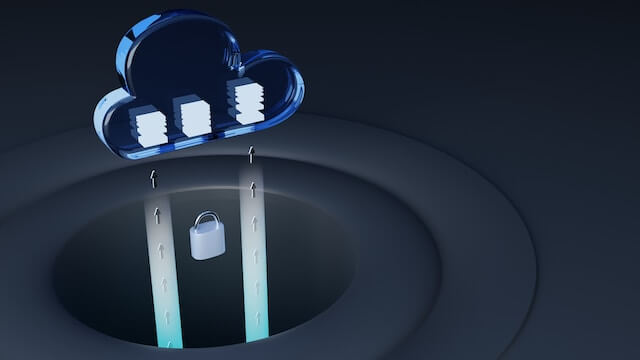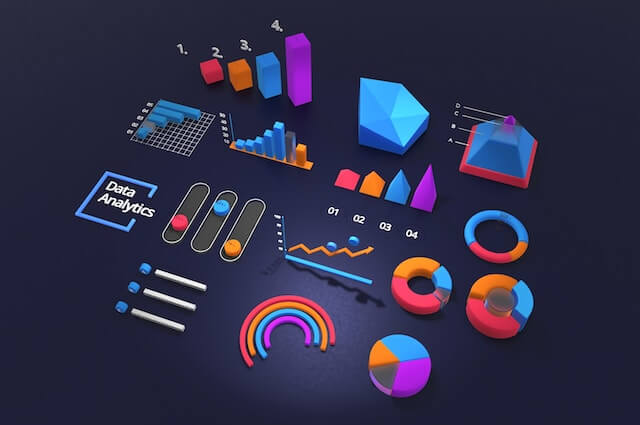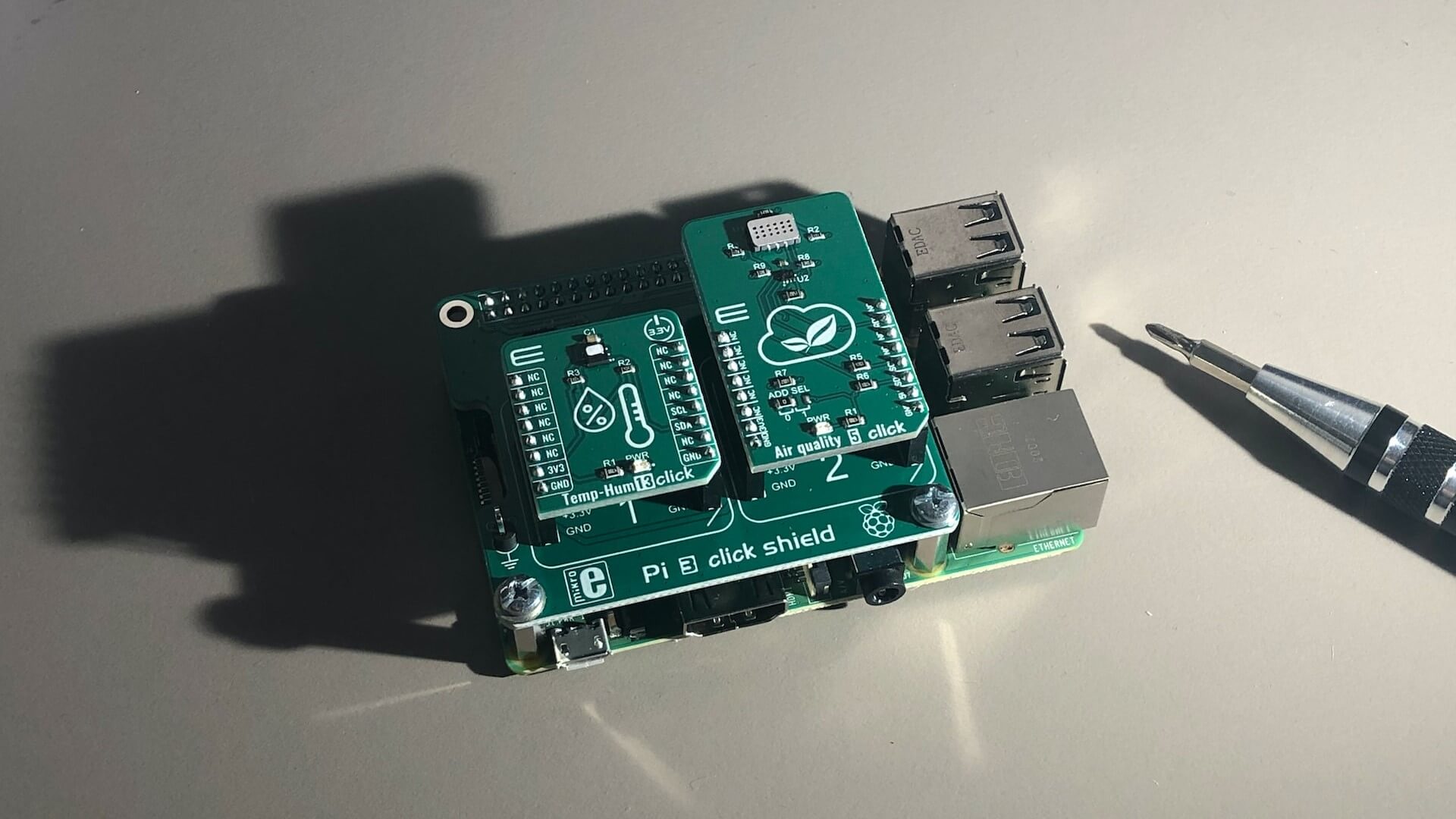Necessity is the mother of invention. But in many cases, con artists are the driving force behind any progress. In the age of information technology, data is exchanged not only between people, but also between things (this is how the Internet of Things works). Some of this data is very sensitive. So what data can IoT sensors collect, where is it stored, and how dangerous could it be if made public? Let's explore it further.
IoT sensors: what data can be collected?
An IoT sensor could be installed on a trash can and called a "smart" trash can. A signal that the trash can is full would be sent to the utility company, and the dispatcher would use that data to plan the route of the trash trucks and clean only the full trash cans. Let's say someone wants to make a joke, hacks into the system and starts replacing the data then the trash removal problem could lead to the collapse of the entire city.
Another example from smart cities where IoT sensors can control, for example, traffic signals is called smart transportation. If a traffic signal crashes, then a traffic meltdown will occur almost immediately.

You can also give many examples from various fields, even in agriculture where IoT sensors control irrigation systems. By replacing data about soil moisture, you can water or let a field dry out. After such irrigation, it is unlikely that anything will grow there and the damage will be in the millions.
In other words, at first glance, data from IoT sensors seems completely harmless until some bad guy uses it.
IoT software development: the main technologies
Today there are already two data transmission technologies: LoRaWAN and NB-IoT, which in my opinion are the leaders in this industry. At the same time, solutions similar to these technologies can be developed in various countries.
The main difference between these two technologies is that LoRaWAN is deployed on its base station, while NB-IoT uses the mobile operator's network. Also, using NB-IoT requires the use of a SIM card from the same operator. Due to this symbiotic relationship, the solution is more secure but at the same time consumes less energy, which greatly increases its range of applications using autonomous power sources without being connected to an external power source.

Data from IoT sensors is mainly transmitted and stored in the cloud. Two other stable leaders have emerged in this field, AWS and Azure. meanwhile, there are other local servers that primarily store data with restricted access. Of course, access to these servers is provided through the use of special keys assigned to employees and through secure channels.
What is a data lake?
With the development of cloud technology, it has become possible to store more data than ever before. Previously, databases only stored structured data. Now, this data is more valuable as unstructured content can be stored. This technology is known as data lakes.
With the advent of data lakes, it has become possible to accumulate data for future use. For example, IoT sensors can transmit information about wind speed, as well as information about services that are not currently of interest to anyone. However, today it is also possible to use AI to derive insights from unstructured data. Therefore, the next step is to look for patterns, which we refer to as synopsis files and their analysis to gain new insights.

For example, in the example we found a "hidden" pattern that periodically reduces the voltage level during strong winds. After repeated measurements, it was possible to determine that this was occurring during a storm. As a result, we received information not only about the wind speed, but also about its possible cause, since the sensor was powered by solar energy.
After analyzing the historical data and comparing the data with technical work in the field, it will be possible to derive the reasons for the poor yields, e.g. crop fertilizers were applied before the heavy rains and therefore they did not work.
It is still difficult to say how the data collected will be used in the future. With these simple examples, it has become clear that information protection needs to be taken more seriously than it seems. If we are able to utilize the capabilities of security technology more effectively, it will allow us to launch IoT services in different areas much faster. This will be especially important in healthcare in the near future.
